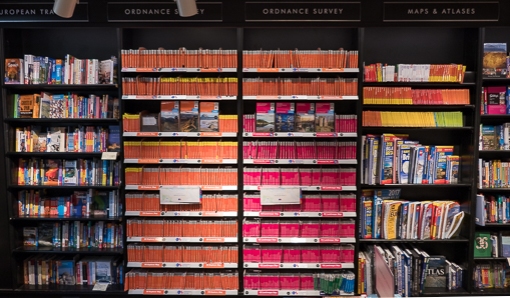In October 2017, I(Chris) attended a conference held in Lisbon, Portugal at the Champalimaud Centre for the Unknown – a state-of-the-art facility for research and clinical care.

The Centre, designed by the Indian architect, Charles Correa, was inaugurated on October 5th 2010.

It is situated at the point where the River Tagus meets the Atlantic and from where the great Portuguese navigators once set sail.

… the architectural space

Our conference was held in the auditorium across a wide paved passage.

The auditorium which seats 400 has a giant elliptical window with a view of the river.

The shapes of the holes in the wall and the auditorium window echo the biological cell.

Opened in 2011 with the mission of offering high quality clinical care, primarily in the field of oncology, the Champalimaud Clinical Centre occupies most of the lower floors of the Champalimaud Centre for the Unknown.

The research labs are situated on the higher floors overlooking the tropical pergola garden.

The buildings are connected by a transparent enclosed bridge. There is an outdoor amphitheater and a gently sloping walk to an area bound by an infinity pool and a “pebble beach” where one can take in the view of the river.

Another place for gathering.

At sunset, the view was magnificent. Breath-taking.

We were facing west towards the open Atlantic Ocean and the Americas on the other side. Pebble beach and infinity pool.

The Champalimaud Foundation (Portuguese: Fundação Champalimaud), a private biomedical research foundation, was created according to the will of the late entrepreneur António de Sommer Champalimaud, in 2004. It conducts research in neurosciences, oncology, and particularly blindness.

Notice the light blue paint on the tip of the concrete pillar mimicking the color of the sky. Presumably, on certain days when the light conditions are right, the pair of pillars could look as if they reach into the clouds. Nice touch !

Some of the write up here come from the official web site of the foundation. They have a video about the Centre.
What a site for a conference !


 Once upon a time …
Once upon a time …




































